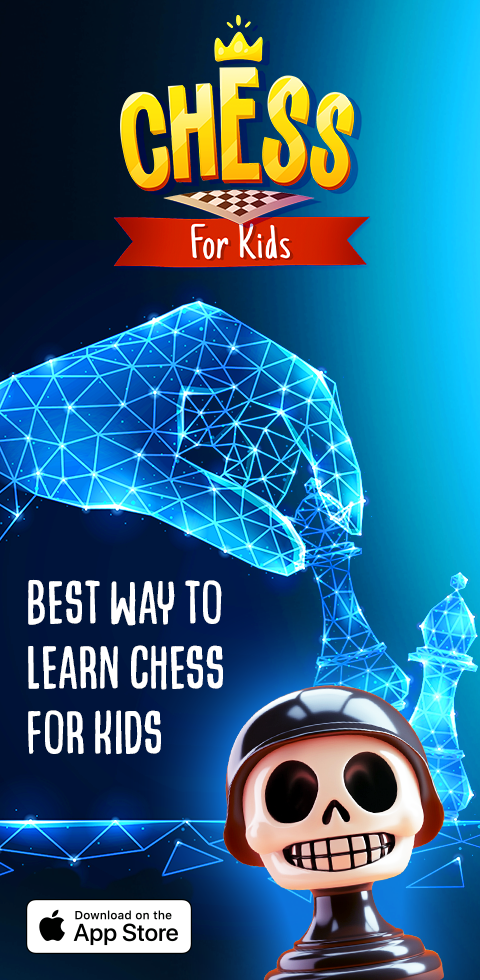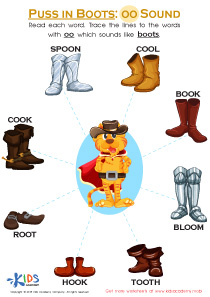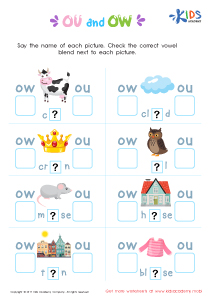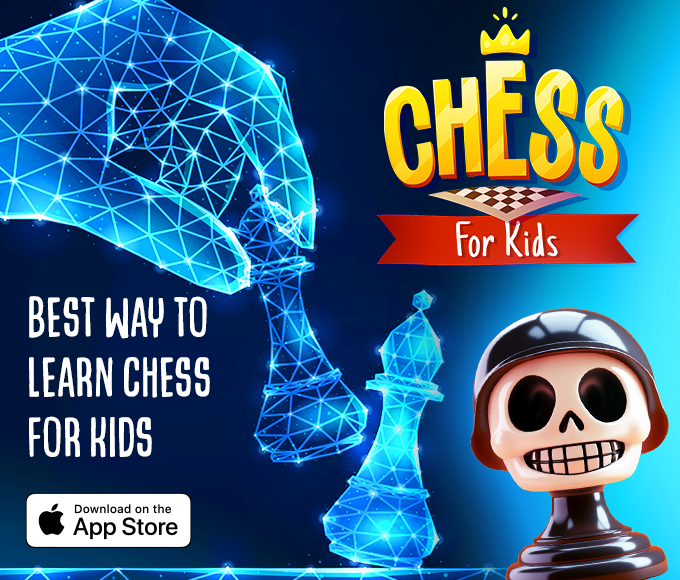Vocabulary expansion Vowel Blends Worksheets for Ages 4-8
7 filtered results
-
From - To
Enhance your child’s vocabulary with our Vowel Blends Worksheets for Ages 4-8! Designed by experienced educators, these engaging resources focus on essential early literacy skills. Children will discover and master vowel blends through fun, interactive activities, boosting their phonics knowledge and reading abilities. With vibrant illustrations and age-appropriate exercises, our worksheets make learning exciting and effective. Perfect for both classroom and at-home use, they support young learners in building a strong foundation in reading and pronunciation. Foster a love of words and uplift your child's vocabulary with Kids Academy's expertly crafted activities today!
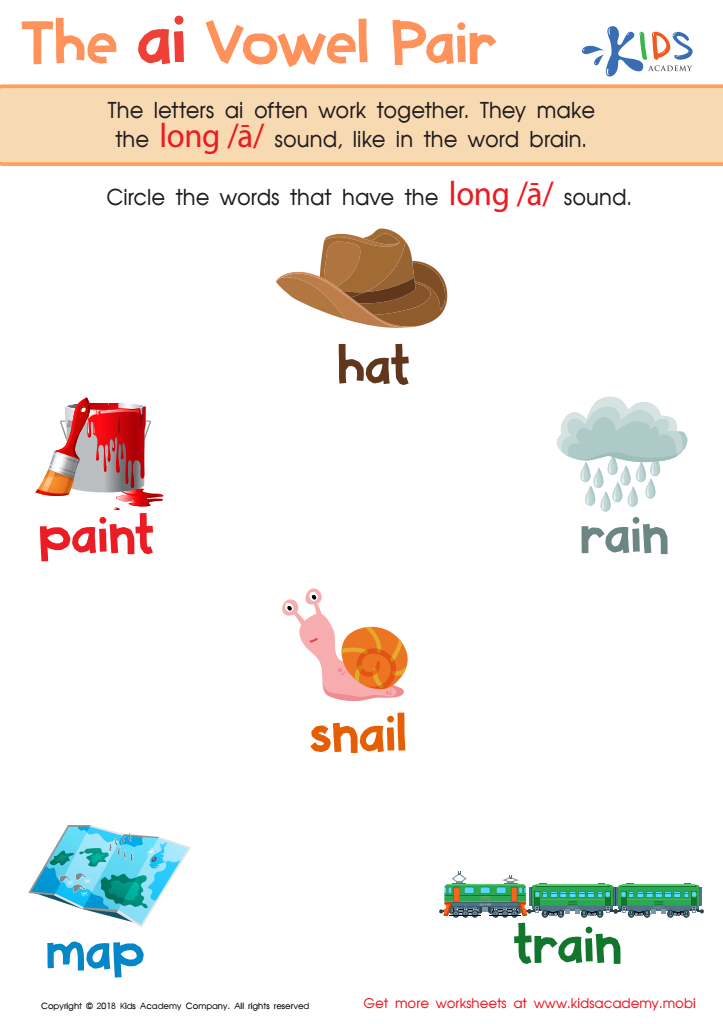

The AI Vowel Pair Worksheet
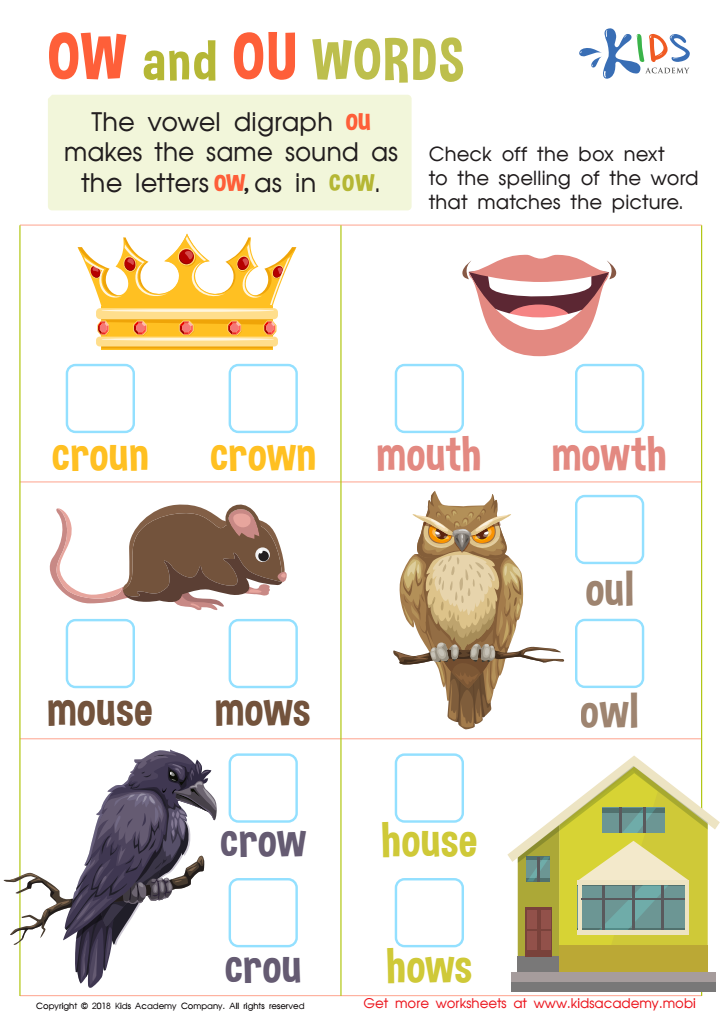

Reading: OW and OU Words Worksheet
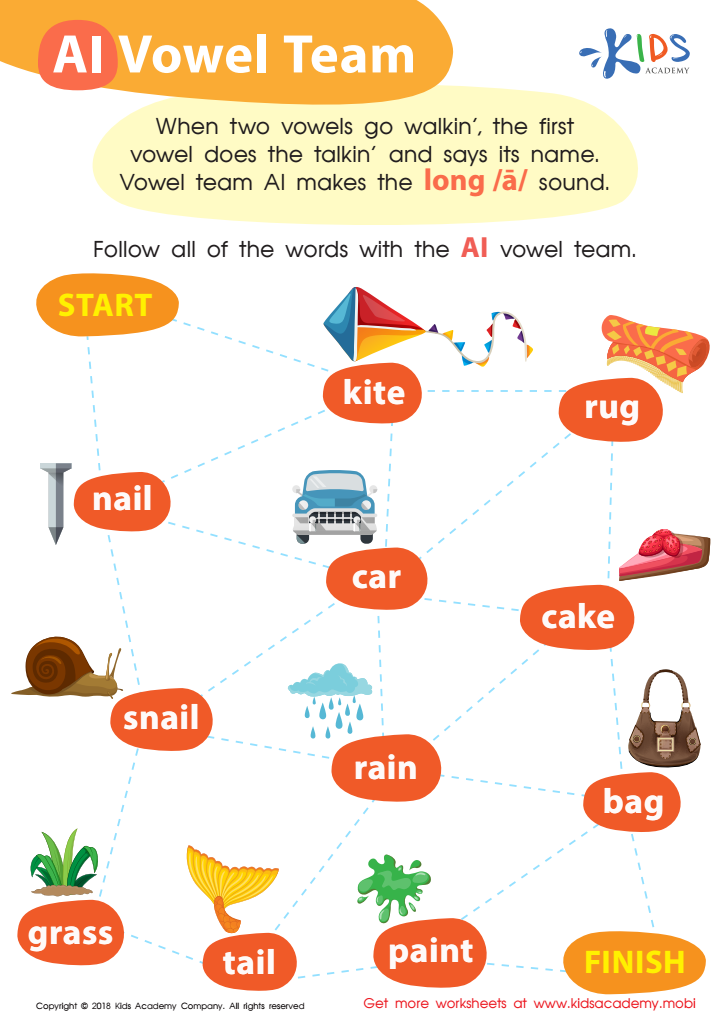

Reading: AI Vowel Team Worksheet
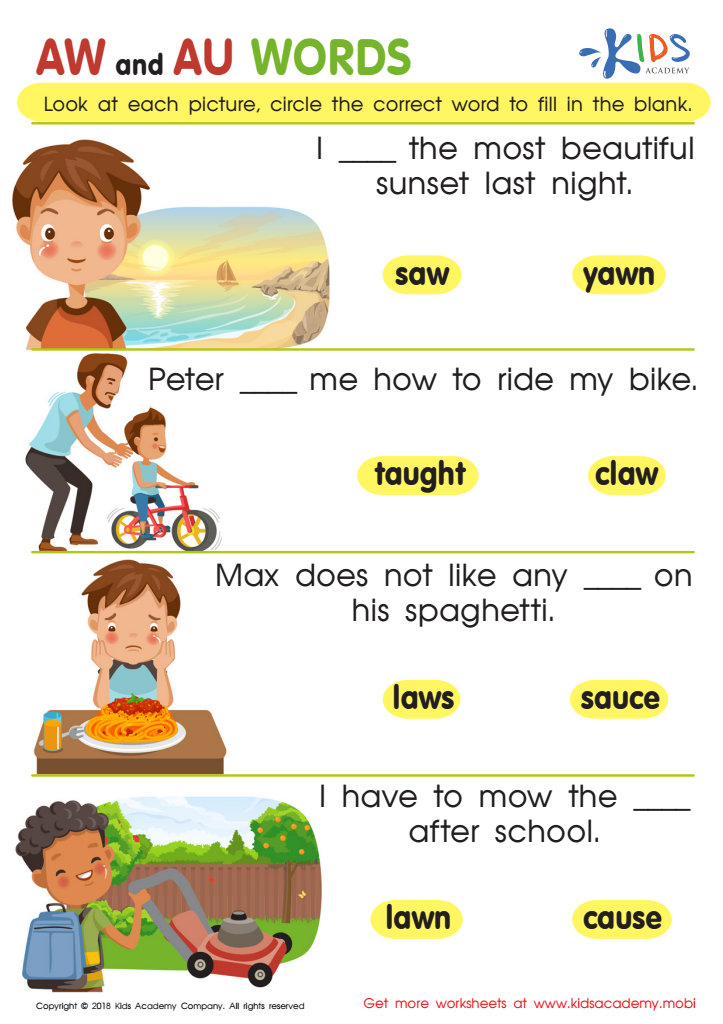

Reading: AW and AU Words Worksheet
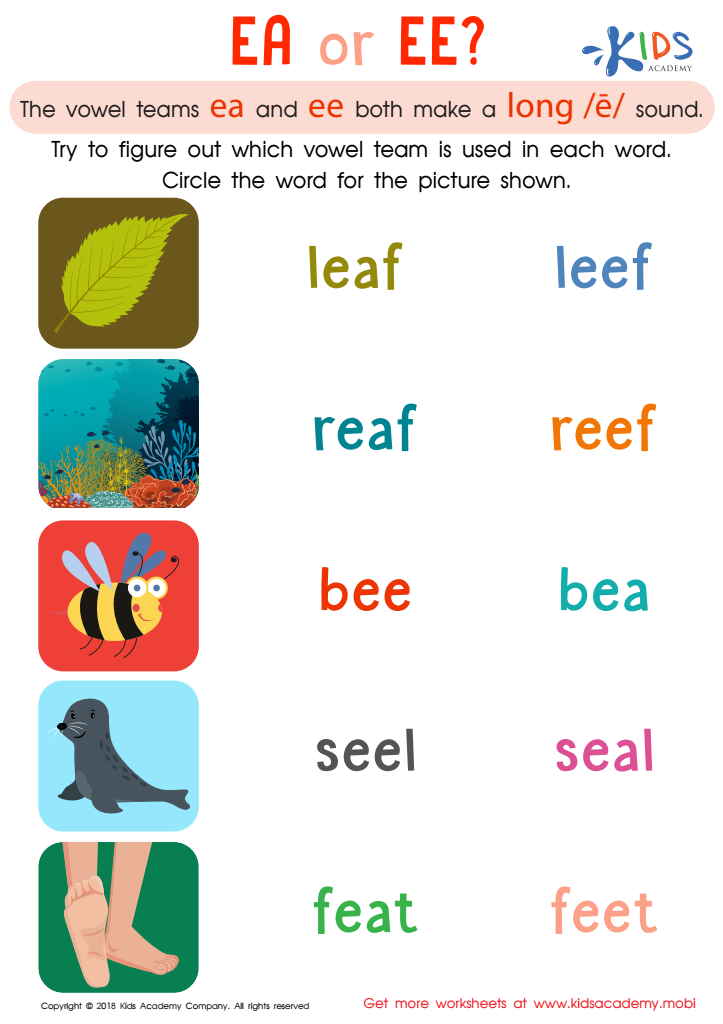

Reading: EA and EE Worksheet
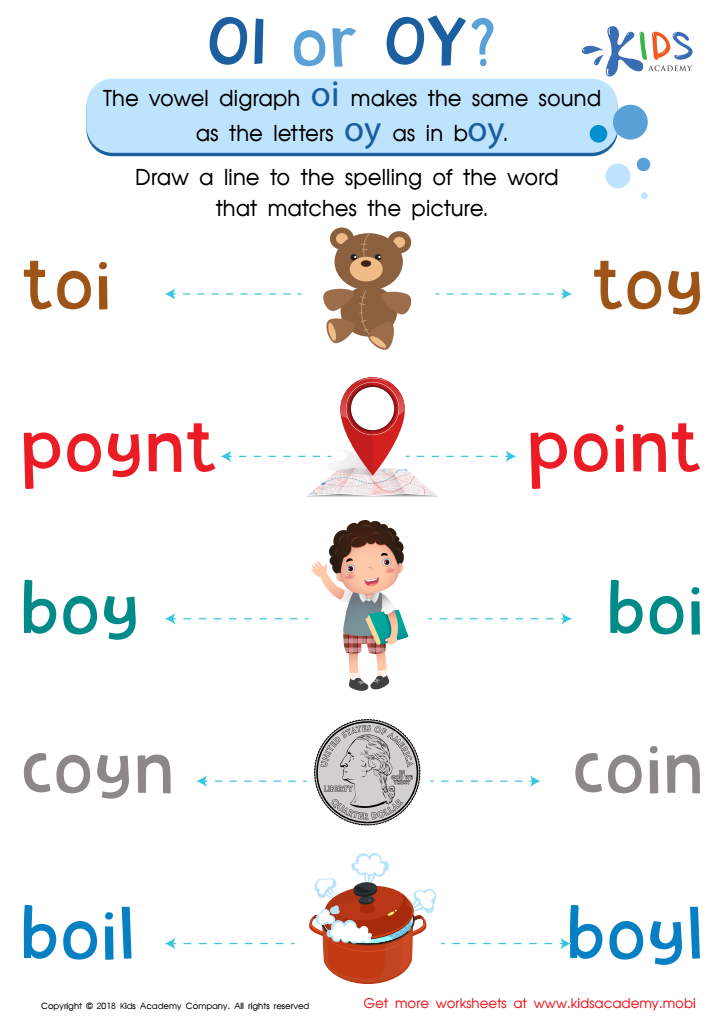

Reading: OI and OY Worksheet


Reading: EA as in Bread Worksheet
Vocabulary expansion and vowel blend understanding are foundational elements in early childhood education, and there are several compelling reasons why parents and teachers should prioritize these.
Firstly, a robust vocabulary equips children with the tools they need to express themselves clearly and effectively. At ages 4-8, children are rapidly developing their language skills, and expanding their vocabulary enables them to communicate their thoughts, feelings, and ideas more precisely. This enhanced communication power is essential for both academic success and social interactions.
Secondly, vowel blends, which involve combining vowels to form unique sounds, are crucial in learning to read. Mastering these blends strengthens children’s phonemic awareness—the ability to hear, identify, and manipulate sounds in words. This skill is a strong predictor of a child’s ability to decode words when reading, helping them transition from recognizing words by sight to a more sophisticated phonics approach.
Furthermore, early competency in vocabulary and phonics fosters a love for reading. When children can easily recognize and understand words, they are more likely to view reading as an enjoyable activity rather than a frustrating chore. This positive attitude towards reading can ignite a lifelong passion for learning and knowledge.
Investing in vocabulary expansion and vowel blend education at a young age thus lays the groundwork for academic achievement, communicative competence, and a lasting love of reading.
 Assign to My Students
Assign to My Students

